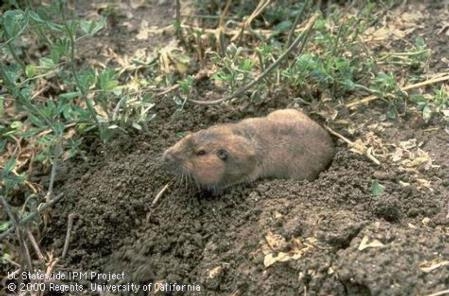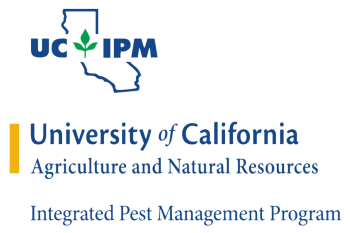By Susanne von Rosenberg, UC Master Gardener of Napa County
One of the challenges many gardeners face is how to make shady spots look good. Fortunately, many beautiful, flowering native plants thrive in shade.
When you are planning your shade garden, analyze what kind of shade you're dealing with. Is it deep, all-day shade, such as in a redwood or pine forest? Do you have full shade for part of the day from a fence or other structure, and then sun the rest of the day? Perhaps you have dappled shade from leafy trees with loose foliage or a trellis?
Different plants are appropriate for each type of shade. Also, do you have dry or moist shade? If your shady area has moist soil, you have the most choices. Even if you have dry shade, though, as many of us do, there are lovely, colorful choices.
Native plants suitable for shady areas range from low-growing ground covers to understory trees, such as dogwoods, that can grow up to 15 feet tall. Some are even deer resistant. To expand your options in dry shade areas, you can provide drip irrigation for plants needing some supplemental water. It's also a good idea to mulch your shade garden toward the end of the rainy season to retain as much soil moisture as possible.
For ground covers for dry areas, consider coyote mint (Monardella villosa) and hummingbird sage (Salvia spathacea). Coyote mint grows one to two feet tall and has a light minty fragrance with light purple globe-shaped flowers. Butterfly mint bush (Monardella subglabra) has deeper purple flowers. Hummingbird sage ranges in height from a few inches tall to those with flower spikes six feet tall. The flowers are typically red or pink.
Wild ginger (Asarum caudatum) and wood strawberries (Fragaria californica) are more suited to moist areas, but both can do well in dryer areas with a little supplemental water. Wood strawberry plants grow four to eight inches tall. The fruits are small but delicious. Wild ginger benefits from a rinse every so often in summer to simulate the fog drip of its native coastal forest habitat. Wild ginger has heart-shaped dark green leaves and unusual flowers. It has a light ginger-like fragrance, and reportedly the roots can be used as ginger.
Yerba buena (Satureja douglasii) has similar growing requirements to wild ginger. It grows four to eight inches tall and has small white flowers. It is lightly fragrant and makes a lovely herbal tea. Yerba Buena Island in the San Francisco Bay was named for its large areas of Satureja douglasii.
Many native bushy plants are adapted to shade. California monkeyflower, many currants and gooseberries (Ribes spp.) and cream bush (Holodiscus discolor) are all great choices. There are two genuses of California monkeyflower\s, diplacus and mimulus. Diplacus species are adapted to dry rocky slopes and therefore drought tolerant. Mimulus species are adapted to moist locations and need consistent moisture. Both come in a range of blossom colors, including yellow, white and red.
Our native ribes include species that flower in white, pink, yellow, and maroon with white. With sufficient water, ribes plants will grow between five and eight feet tall. I have a golden (yellow-flowered) and a pink-flowered currant bush in my yard. They bloom in spring and are gorgeous. The fruit is edible.
Ribes are summer-deciduous, meaning that if they do not get enough water, they will shed their leaves in the summer. You can plant them 10 to 15 feet from an irrigated area, and that will supply enough water to let them keep their leaves.
Cream bush (also called ocean spray and California spiraea) grows up to 6 feet tall and has beautiful 5-inch-long clusters of white flowers. I've added it to my list of plants to try. The growing notes caution that it has a lovely fragrance from 20 to 30 feet away, but that it smells like “old newspapers” close up. While I'm still trying to puzzle out how this is possible, I would definitely follow the recommendation to plant it 20 or more feet away from your house and garden areas you hang out in.
Finally consider native honeysuckles (Lonicera spp.) and California pipevine (Aristolochia californica) for flowering vines for a shady area. California honeysuckles are not aggressive and like to grow into and through other bushes. There are species adapted to both moist and dry areas and different shades of flowers. Without support, California honeysuckle acts like a groundcover. Pipevine is deciduous and fairly drought tolerant (but can also tolerate moist soils). It has very unusual flowers that are about 1 inch long and shaped like a small pipe. Larva of pipevine swallowtail butterflies live on this vine.
Before you decide to plant any of these plants in your garden, review the growing requirements to make sure they're a good fit for what you have in mind. With a little research, you will find many other options as well.
Food Growing Forum: Second Sunday of the month through November. Sunday, February 14, 3 pm to 4 pm: “Seed Starting.” Register to get Zoom link: https://ucanr.edu/survey/survey.cfm?surveynumber=32602
Napa Library Talks: First Thursday of each month. Thursday, March 4: “Composting at Home.” Register to get Zoom link. https://ucanr.edu/survey/survey.cfm?surveynumber=32577
Got Garden Questions? Contact our Help Desk. The team is working remotely so please submit your questions through our diagnosis form, sending any photos to mastergardeners@countyofnapa.org or leave a detailed message at 707- 253-4143. A Master Gardener will get back to you by phone or email.
For more information visit http://napamg.ucanr.edu or find us on Facebook or Instagram, UC Master Gardeners of Napa County.
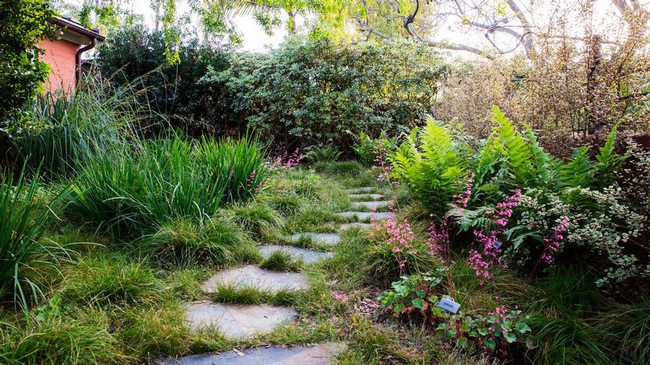
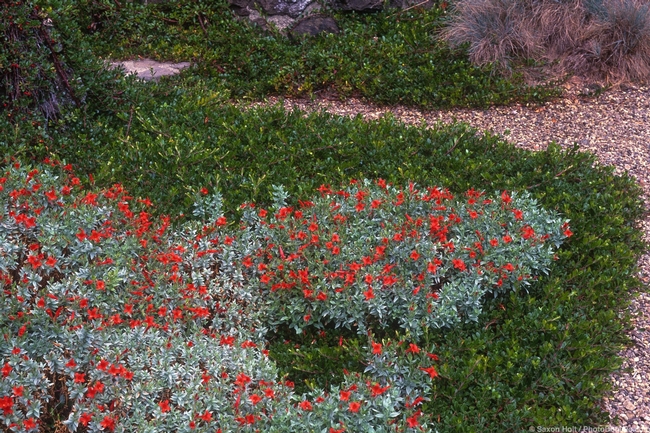
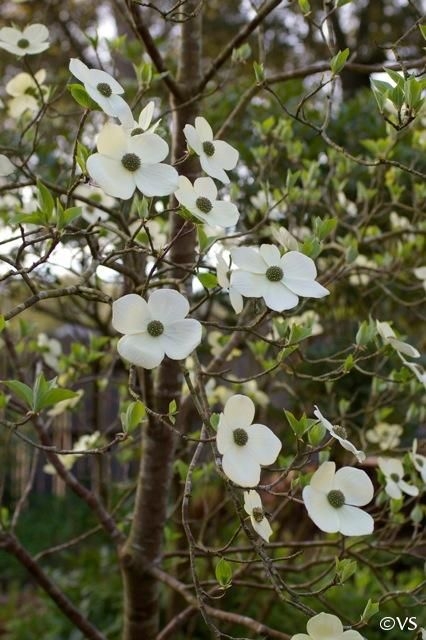
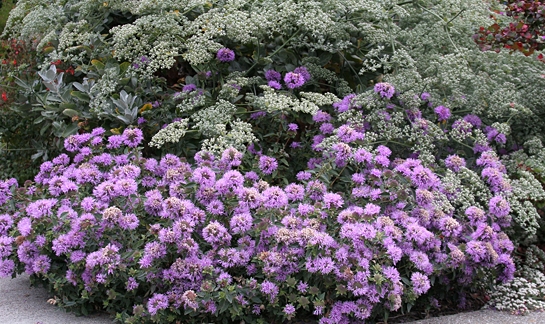
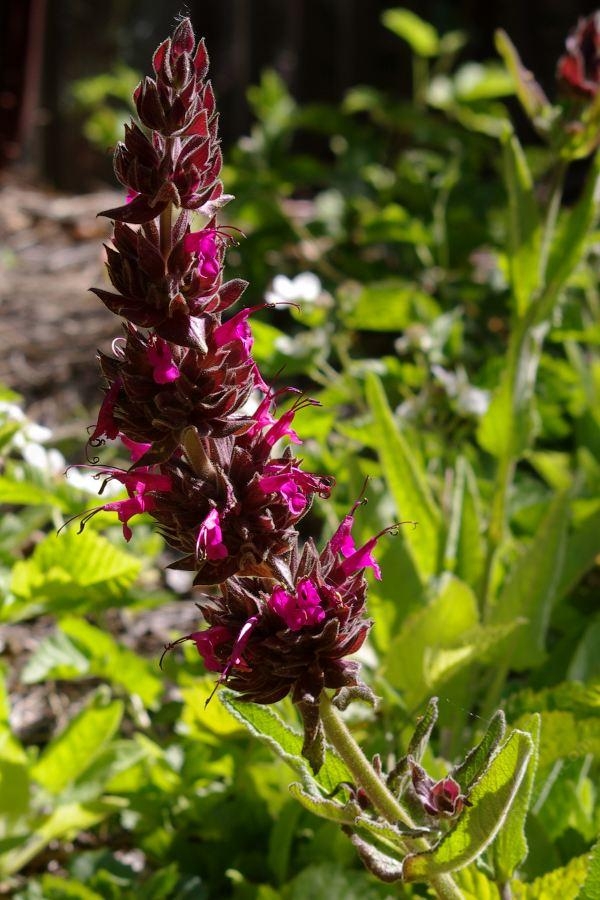
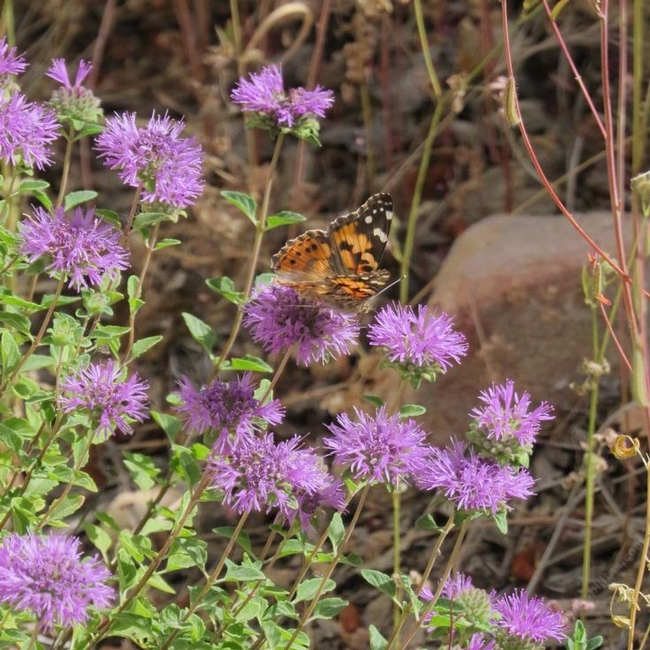
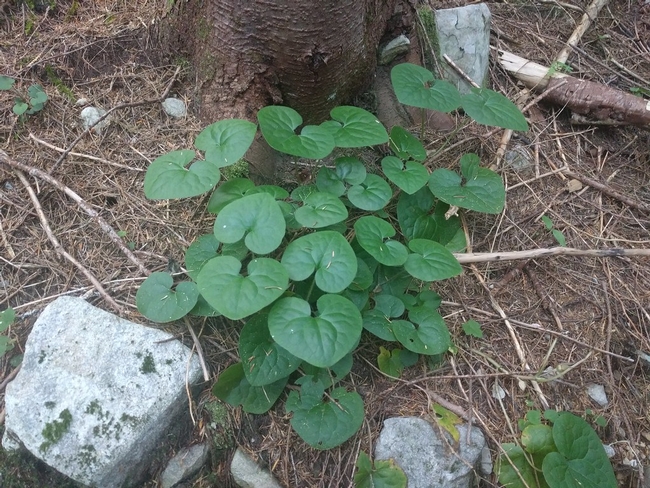
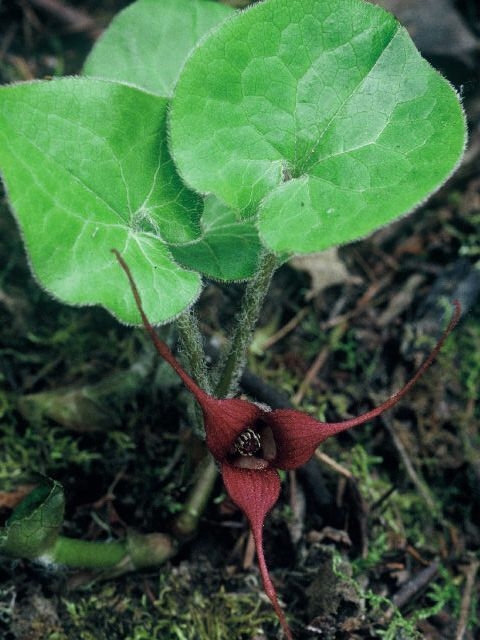
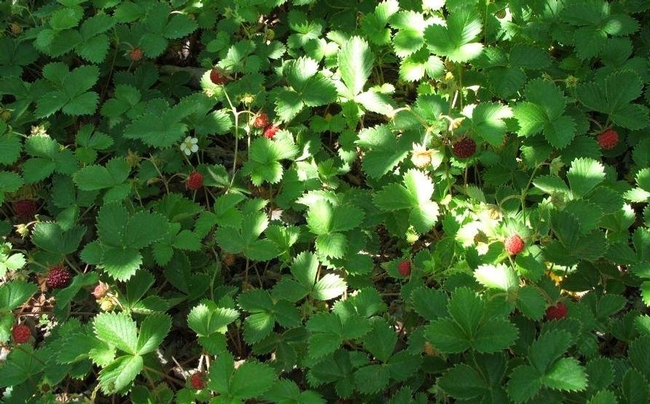
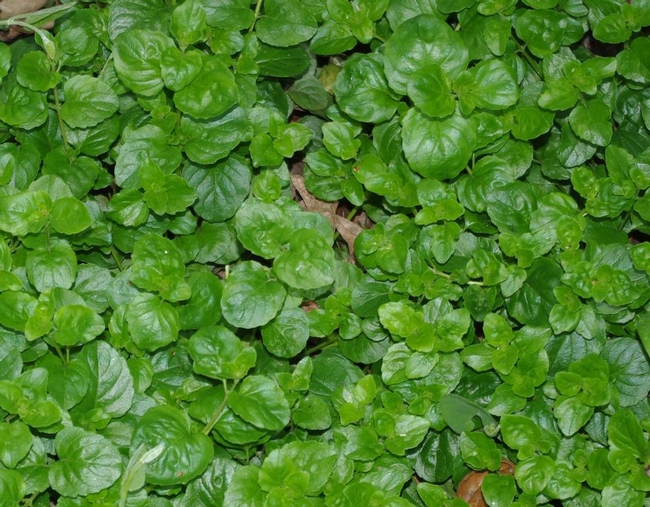
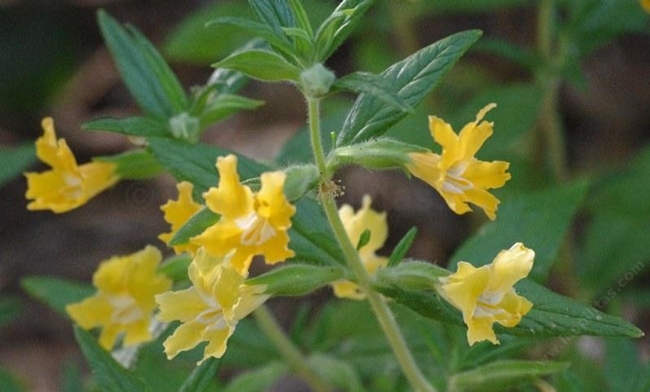
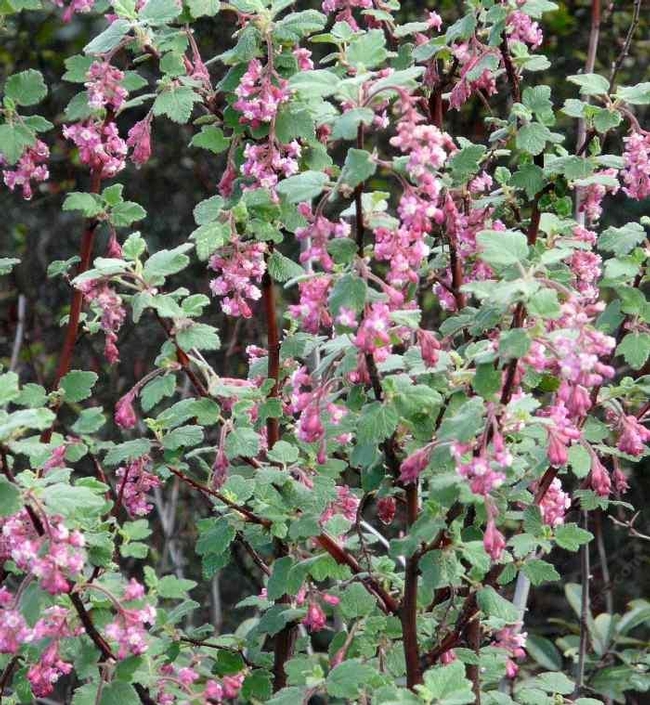
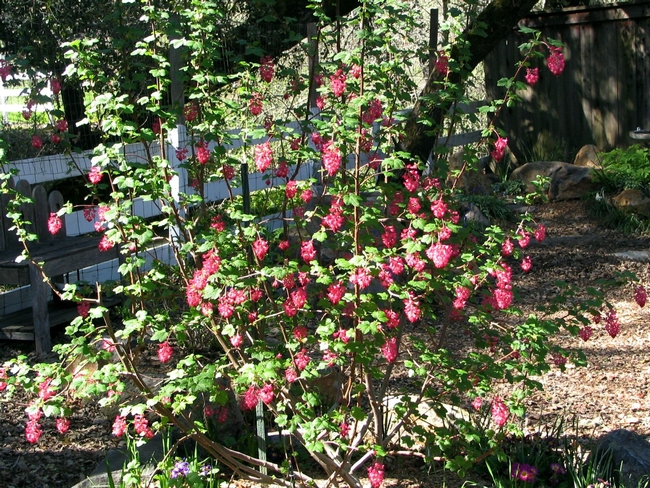
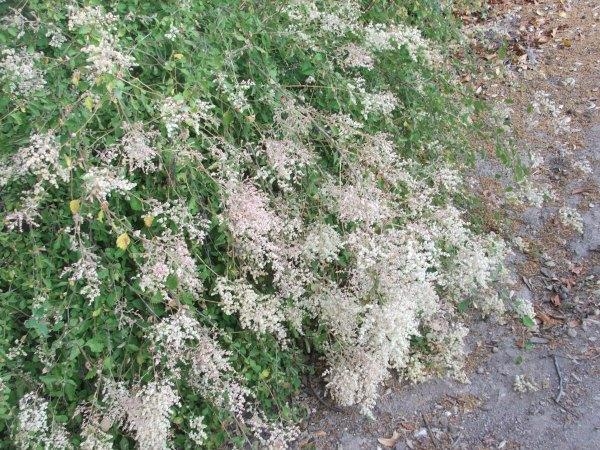
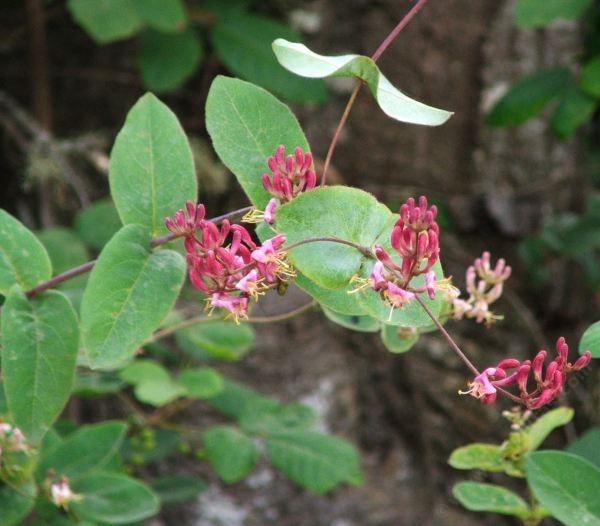
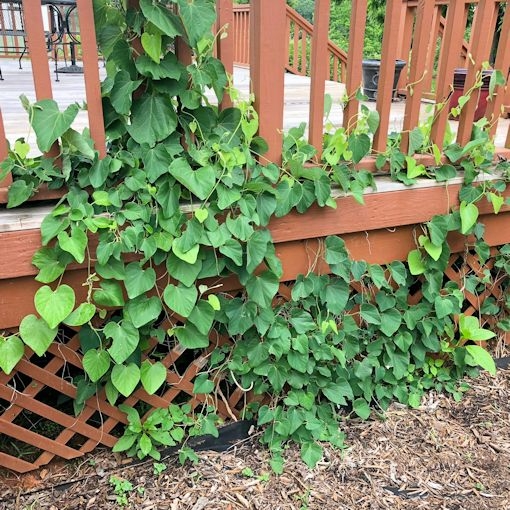
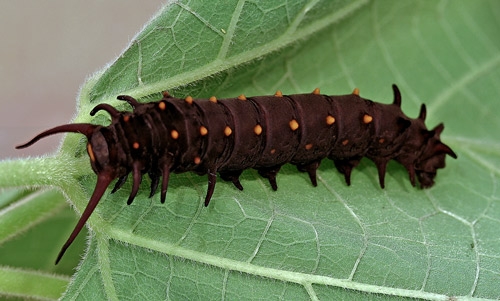
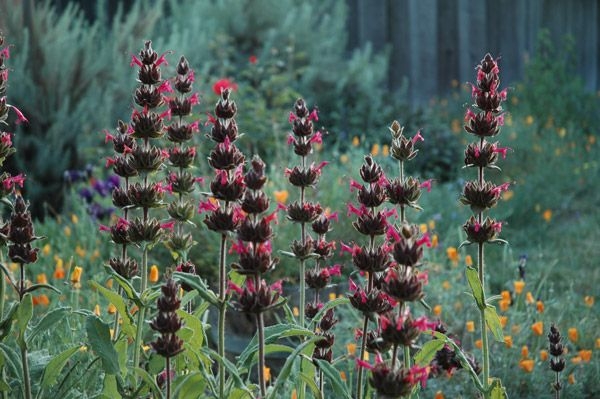
By Donna Woodward, UC Master Gardener of Napa County
When I moved to our property on Dry Creek Road in Napa in 2009, I found myself in a house in the middle of a meadow surrounded by forest. The house looked bare sitting there in a grassy field. I wanted to add some color and make it look more inviting.
Due to the natural setting, I thought native plants would be ideal. I joined the California Native Plant Society and went to its fall and spring plant sales. My watchwords were “drought tolerant” and “deer resistant.”
We have all heard the praises of water-wise gardening. It saves precious water and requires less attention from the gardener. The use of native plants accomplishes these goals and fits right into my aesthetic.
Not surprisingly, the native plants were easy to grow and, once established, thrived and spread. Our house had one large blank wall that I wanted to cover, so I planted a climbing wild rose on a trellis just in front of the wall. That rose quickly filled the space and more.
The same is true of a wild clematis that I planted around our deck. It climbed up over the deck railing and spread via runners in all directions. Also thriving within a few feet of the house are a flowering currant, a ceanothus bush and monkey flower plants. Eventually I broke down and planted some non-natives as well—rock rose and lavender, among others—still opting for drought-tolerant plants.
None of the problems with plant growth or spreading really concerned me until the fires of October 2017. I was suddenly made aware of the dangers of living in a WUI (pronounced wooey).
In case you aren't familiar with this acronym, it stands for Wildland Urban Interface. As Napa Valley has grown, more properties have been developed in the surrounding woodlands. It's a wonderful life. You live in the midst of nature with privacy and peace and quiet, yet you are still within a short drive to town.
However, you also live with the possibility of wildfire. We were lucky in 2017. The Nunns fire crept slowly up Mt. Veeder before reaching our woods. Our home was spared, thanks to the firefighters who camped in our meadow.
Later we visited the devastation in the Atlas Peak area. That was an example of a wildfire fanned by high winds and low humidity. The tales of narrow escapes, and the stories of some who didn't make it, were heart-wrenching. The wreckage was horrifying.
Year after year the Dry Creek-Lakoya Volunteer Fire Department and its offshoot, the Mt. Veeder Fire Safe Council, had been warning us through meetings and seminars about keeping the areas around our homes clear of vegetation, but I hadn't wanted to hear it. Surely I can have a flower garden. What do they expect? A concrete block of a house in the middle of a bare field?
After seeing what a wind-whipped wildfire can do, I finally realized it was time to reconsider my gardens. The problem is that drought-tolerant plants are more likely to be woody. Woody shrubs often send out new growth while the undergrowth dries up and the hidden leaves die. They look lush from the outside, but they can hide a large quantity of dead stems and foliage underneath.
In a wind-driven fire the biggest danger to your home is flying embers. These embers can ignite anything flammable that is in contact with the house. If you have woody bushes near the house, these can ignite and burn hot enough to set fire to the house. Also, anything that sheds dry leaves or needles can cause a buildup of those materials around stairs, in eaves and corners. These conditions contribute to high fire danger.
The Mt. Veeder Fire Safe Council sponsors free evaluations of homes for fire safety (mountveederfiresafe.org). They visited our home and gave advice on hardening our house against fire. Once the undergrowth problem was pointed out to me, I was shocked to discover so much dead material within the large ceanothus next to the house. It could have made a bonfire. I pruned out all of the undergrowth.
Similar conditions were found within the rock rose shrubs. I found that I could cut those down to the ground in summer and they would put out new growth that could be kept short throughout the fire season.
We are currently working on moving all plants away from the house and installing several feet of hardscape around the walls. In hindsight I wish I had not planted some of the spreading plants, especially the wild rose and clematis. Controlling them is an ongoing battle.
You can find specific recommendations about landscaping for fire safety at the Napa Fire Wise website, napafirewise.org Look under Preparedness, then Landscaping. The website also has links to many other tips for protecting your home. You can also find contact information for your local Fire Safe Council.
Also check out firesafemarin.org website it has a great evacuation check list you can review and print out.
Fire season is here again and there is a lot of support for homeowners. Whether you live in the country or in town, the danger is real, but there are steps you can take to protect your property.
Join Napa County Master Gardeners at the Food Growing Forum by zoom on Sunday, August 30, from 3 p.m. to 4 p.m., for a free discussion on “Growing Winter Vegetables.” This forum on food growing will continue monthly on the last Sunday of every month, with different topics every time. To receive the Zoom link for the Food Growing Forums, register at http://ucanr.edu/FoodGrowingForum2020. And see our website calendar at napamg.ucanr.edu for other upcoming events.
The UC Master Gardeners of Napa County are volunteers who provide University of California research-based information on home gardening. To find out more about home gardening or upcoming programs, visit the Master Gardener website (napamg.ucanr.edu). Our office is temporarily closed but we are answering questions remotely and by email. Send your gardening questions to mastergardeners@countyofnapa.org or leave a phone message at 707-253-4143 and a Master Gardener will respond shortly.
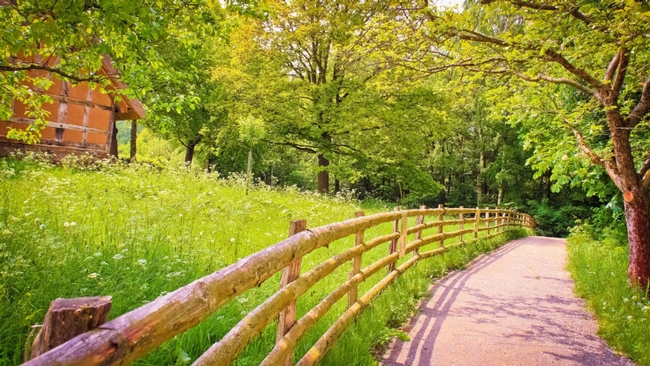

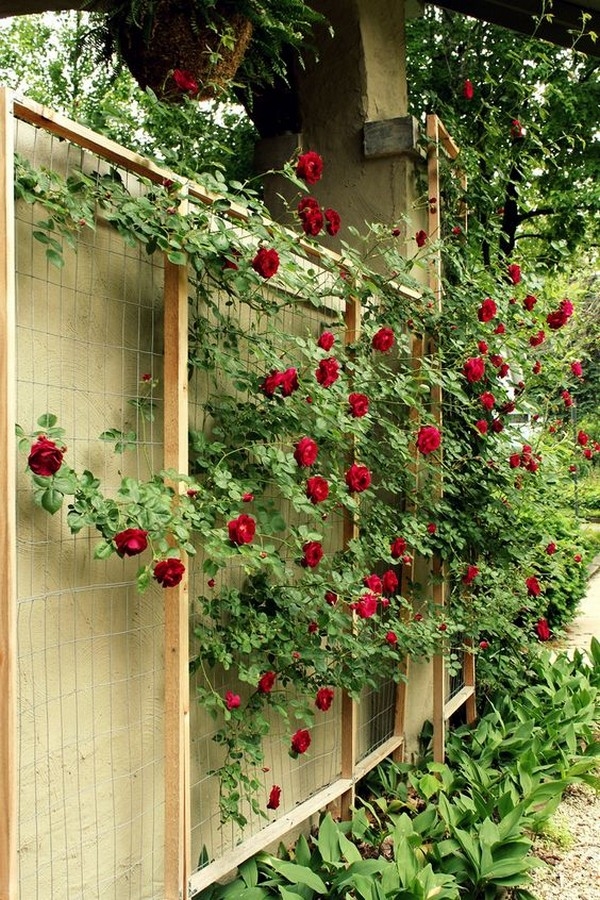
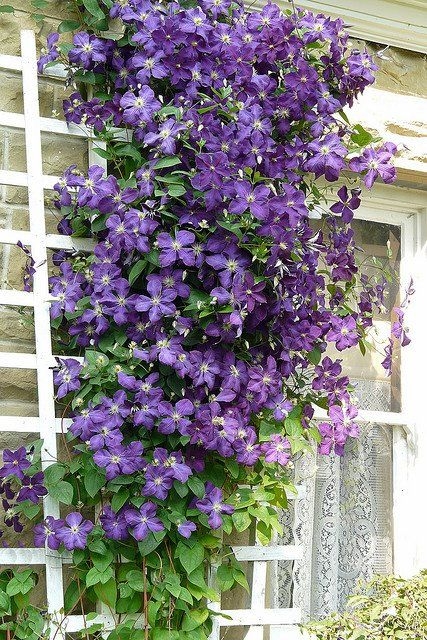
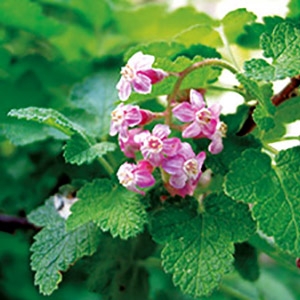
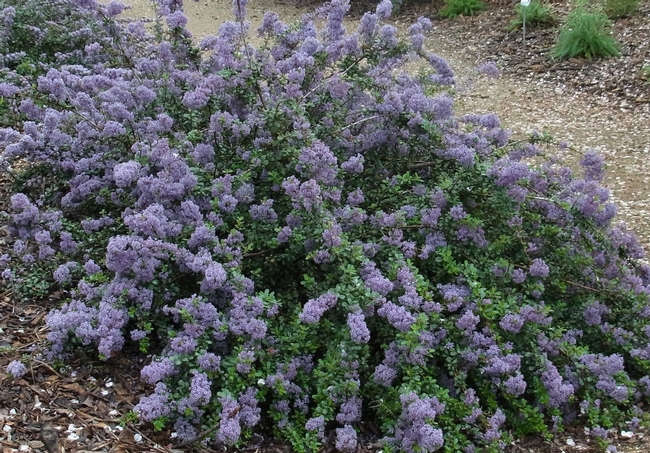
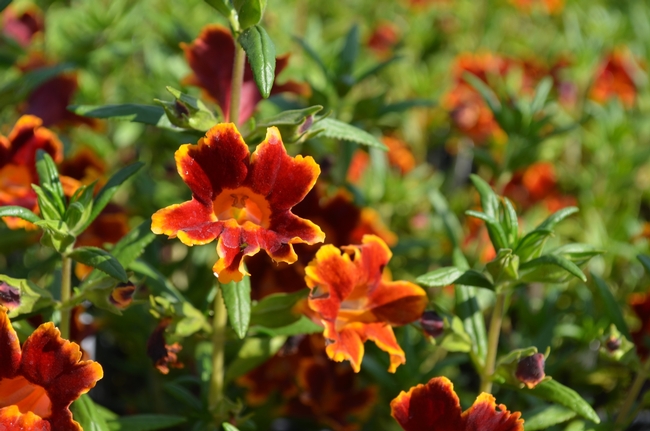
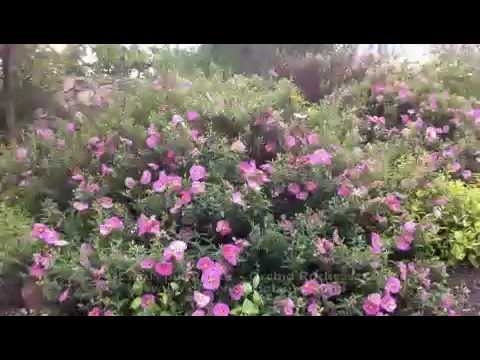
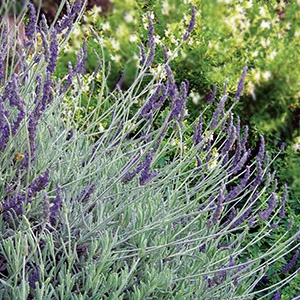
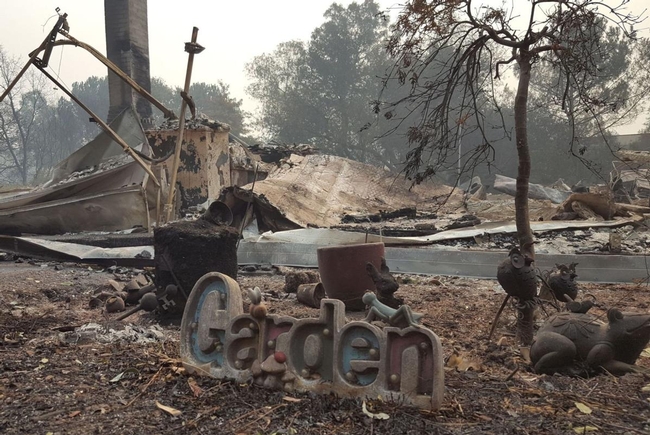
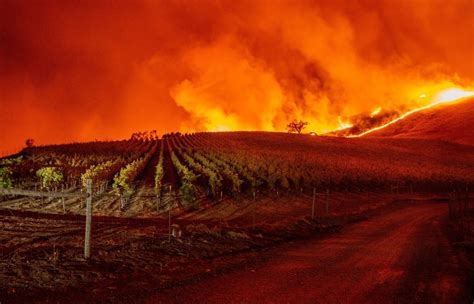

By Penny Pawl, U. C. Master Gardener of Napa County
For the last three years I have been battling gophers in my garden. They have pulled artichoke plants down their hole and last summer took out my peppers and eggplants. A young fig tree had only a chewed-on place where its roots had been. In desperation I bought wire cages to plant in.
In my backyard the gophers have taken out every Liriope (mondo grass) and made massive tunnel systems. I stepped in one and my foot went in up to my ankle. I could see inside the tunnel. I left it open but it was closed the next morning so I know there is still a gopher moving actively under my garden.
I know many people are successful using traps to catch and kill gophers but I don't have the intestinal fortitude for that. So over the years I have resorted to other methods. On occasion I have put things down their runways to chase them away, including lighted road flares, dog manure and a hose of running water. I also chased one gopher out of his hole and used a pitchfork to end his life. But none of these actions got rid of the devils.
And what happens to all that soil they moved? I occasionally see a pile, a tell-tale sign of gopher activity, but I don't see big piles.
Their tunnels can affect plants by allowing water to flow underground and by drying out roots that reach that level.
Since gophers have decimated whole areas in my garden, I have started to research just what plants they won't eat. I also had my vegetable beds lined with hardware cloth to keep them out. That approach seems to be working but they do burrow around the beds seeking a way in.
I found a website that has gathered opinions on what plants are gopher proof (https://www.mostlynatives.com/plant-characteristics/gopher-resistant). It lists native plants that seem to be uninviting to gophers. I have also found a few non-natives that don't seem to attract them. If a plant is not to their liking, they move on.
Unlike moles, which are carnivores, gophers are vegetarians and live on many kinds of plants. Once they leave the nest, they are solitary animals and only meet to mate. Their time in their tunnels is spent building up their larder for winter. Their tunnels may be 200 feet long. My husband once dug a gopher out that had gone into a bed we were preparing. He was about three feet deep in his den. They dig deep and wide.
Most plants that don't taste good to a gopher also tend to be drought tolerant so you can kill two birds with one stone. The plants in my garden that gophers have not touched are nandina, fortnight lily, lily of the Nile, daylilies, salvias, hellebores, society garlic, monkey flower and verbascum, to name a few. I plan to use more of these in my landscape.
Recently, my gophers have been busy in a new area. They have almost completely taken out my mondo grass. When they finish, I will plant something they don't like.
I have started to use underground buzzers to drive gophers away from plants they eat. They were pulling the roots off my milkweed, so I set buzzers up on either side. The noise-making devices seemed to stop them, so I have invested in a few more to put around the yard.
Next workshop: “Cool-Season Vegetables: Now is the Time to Plan and Start” on Saturday, August 10, from 9:30 to 11:30 a.m., at the University of California Cooperative Extension, 1710 Soscol Avenue, Napa. Repeated on Sunday, August 11, from 1 p.m. to 3 p.m. in Yountville. For more details & online registration for the Napa workshop: http://napamg.ucanr.edu. Or call 707-253-4221. For the Yountville workshop, go to Online Yountville registration or telephone the Parks & Recreation Department at 707-944-8712.
The UC Master Gardeners are volunteers who provide UC research-based information on home gardening and answer your questions. To find out more about upcoming programs or to ask a garden question, visit the Master Gardener website (http://napamg.ucanr.edu) or call (707) 253-4221 between 9 a.m. and noon on Mondays, Wednesdays or Fridays.
